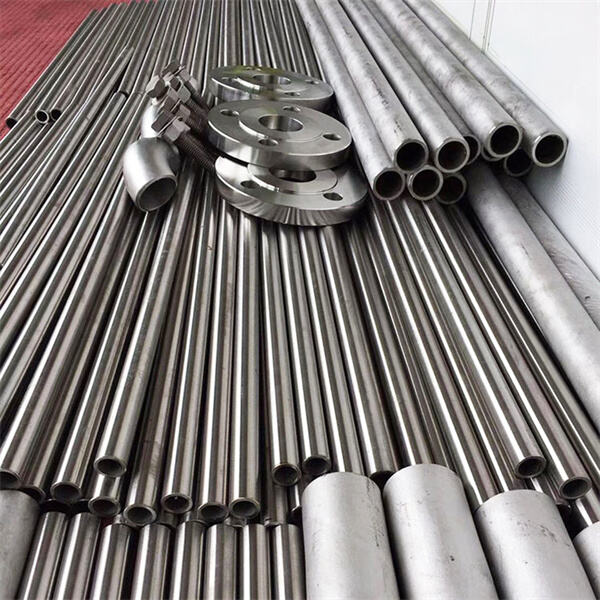
2507 is a ferritic-austenitic (duplex) stainless steel that combines the most beneficial properties of a variety of ferritic steels and austenitic steels. Due to its high chromium and high molybdenum content, it has excellent Resistant to pitting corrosion, crevice corrosion and homogeneous corrosion.
2507 stainless steel is used in the oil and gas industry; offshore Shipotian oil platforms (water treatment and water supply systems, fire protection systems, water spray systems, water stabilization systems, petrochemical equipment, desalination (desalination) equipment and high-pressure pipes, seawater pipes in equipment ); mechanical and structural components that require high strength and high corrosion resistance exist simultaneously; combustion (waste) gas purification equipment. Main ingredients: 25Cr-7Ni-4Mo-0.27N.
| Product Name | 2507LStainless Steel Pipe | |
| Type | Steel Pipe | |
| Outer diameter | Round Tube | 4mm-200mm |
| Square Tube | 10*10mm-100*100mm | |
| Rectangular Tube | 10*20mm-50*100mm | |
| Wall Thickness | 0.6mm-6.0mm | |
| Length | 1-6 meters, Length can be customized | |
| Standard | ASTM, AISI, JIS, GB, DIN, EN, etc. | |
| Surface | Black, Bright Polished, Rough Turning, Matt Surface Treatment, No. 4. BA, etc. | |
| Scope of Application | Common applications for stainless steel pipes include food processing,Textile operations, Breweries, Water treatment plants, Oil and gas processing,Fertilizers and pesticides, Chemical applications, Construction, Pharmaceuticals, Auto parts, etc. | |
| Certificate | ISO, SGS, BV, etc. | |
| Production Technology | Hot Rolling, Cold Rolling | |
| Edge Processing | Edging, Trimming | |
| Tensile Strength Kb (MPa) | Yield Strength σ0.2 (MPa) | Elongation D5 (%) | Hardness |
| ≥ 520 | ≥ 275 | ≥55-60 | ≤183HB;≤ 100 HRB |
| Density(g/cm³) | Modulus of Elasticity(Gpa) | Coefficient of Thermal Expansion(10-6/°C) | Coefficient of Thermal Conductivity(W/m*K) | Resistivity(μohm.in) |
| 7.8 | 197 | 15.7 | 16.2 | 27 |
| C | Si | Mn | Cr | Ni | S | P |
| ≤ 0.15 | ≤ 0.75 | 5.50~7.50 | 16.00~18.00 | 3.50~5.50 | ≤ 0.03 | ≤ 0.06 |
1.General corrosion
The higher chromium and molybdenum content in 2507 stainless steel pipe makes it highly resistant to all corrosion by organic acids such as formic acid and acetic acid. Alloy 2507 also has strong corrosion resistance to inorganic acids, especially those containing chlorides. Compared with 904L, 2507 is more resistant to corrosion caused by the mixture of dilute sulfuric acid and chloride ions. 904L is an austenitic alloy designed to resist pure sulfuric acid corrosion. Grade 316L cannot be used in hydrochloric acid environments and may be partially or completely corroded. 2507 can be used in dilute hydrochloric acid environments and has strong resistance to plaque and crevice corrosion.
2. Intergranular corrosion
The lower carbon content of 2507 greatly reduces the risk of carbide precipitation during intergranular heat treatment, and therefore the alloy is highly resistant to carbide-related intergranular corrosion.
3. Stress corrosion cracking
The dual-phase structure of 2507 makes it highly resistant to stress corrosion cracking. Due to its high alloy content, SAF 2507 has better corrosion resistance and strength than 2205. Cracks are almost inevitable in structures, making stainless steel more susceptible to corrosion in chloride environments. SAF 2507 is highly resistant to crack corrosion. The isocratic curve of SAF 2507 in sulfuric acid containing 2000 ppm chloride ions is 0.1 mm/year; the isocratic curve in hydrochloric acid is 0.1 mm/year.